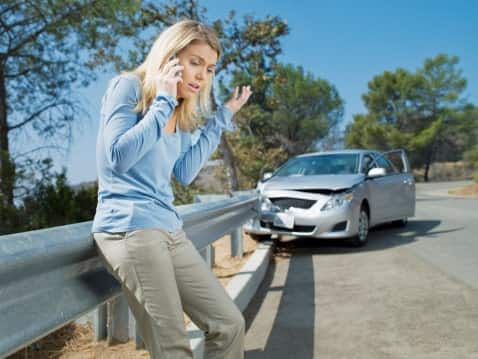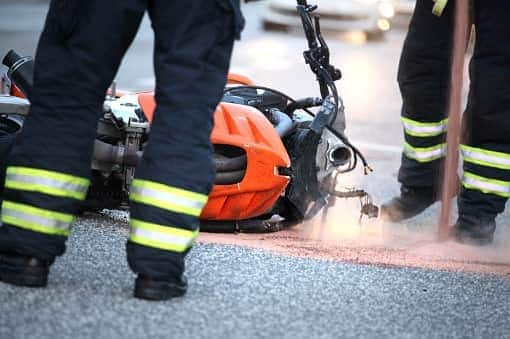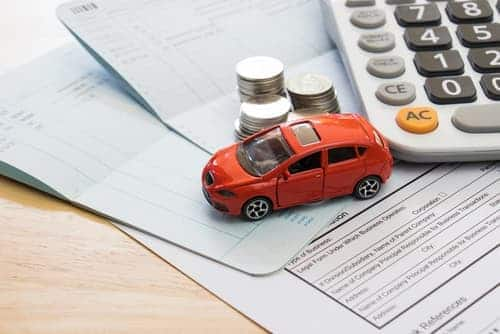Are motorcycles cheaper than cars?
Unless you are cruising a true junker, your dollar will always go further at a bike shop than at your local car dealership.
A new 2023 Yamaha XSR700 with anti-lock brakes and an estimated 58 miles per gallon starts at $8,899. One of the most inexpensive new cars, the 2023 Mitsubishi Mirage ES, starts at $16,245 and has an estimated 39 mpg.
Going used doesn't change the game much. A cruiser like the 2008 Honda Shadow Spirit with less than 10,000 miles can be had for less than $4,000. Typically, cars that fall into this price range have well over 100,000 miles and are much older.
The savings on gas can be dramatic as well. Mileage on bikes usually starts around 50-60 mpg, so unless you are driving a Prius, a two-wheeler will usually cut your fuel bill in half.
However, you still have to pay for maintenance, tires, safety classes and equipment, which can jack up the cost of riding, especially for newbies.
How much is motorcycle insurance?
Motorcycle insurance can be cheaper to purchase than car insurance, but it depends a lot on where you live. Overall, the average cost of motorcycle insurance is lower.
According to Progressive, its average rate for a motorcycle policy varies by location and ranges from around $163 a year ($13 a month) in North Dakota to $364 a year or $30 a month in Michigan.
The average cost of a full coverage car insurance policy in the U.S. is $1,682 or $140 a month, while a state minimum policy average $511 a year or $43 a month.
For a more direct comparison to Progressive’s estimates, the average cost of car insurance in North Dakota is $1,419 a year and in Michigan, it’s $2,133.
Rates will vary widely by company and by the type of bike; it’s important to shop around and compare rates to find the best price for you. But, in general, insurance for a motorcycle is significantly cheaper than a car.
Are there motorcycle insurance discounts?
Discounts can help drive insurance costs down, some of which are specific to bikes.
Glenn Greenberg, director of business operations & financial communications at Liberty Mutual, says, "We offer a motorcycle safety course discount, as well as discounts for safety features such as anti-theft systems and anti-lock braking."
There's a reason insurance companies offer discounts for anti-lock brake systems (ABS): They save lives and prevent claims. The rate of fatal crashes for ABS-equipped bikes is 31% lower than for those without, according to the Insurance Institute for Highway Safety.
If you're a newbie, ABS is even more important. Claims during the first 90 days of an insured rider's policy drop 30% with ABS compared to an otherwise identical model, according to the Insurance Institute for Highway Safety (IIHS). In the second three months, as riders grow more accustomed to their bikes, the advantage shrinks to 19%.
If you are a homeowner, a motorcycle policy typically will net you a home and auto bundling discount as well.
The other costs of owning a motorcycle
A training class is essential for new riders, and in some states it's required. Matthew Jacobs, motorcycle product manager with Progressive, recommends taking a motorcycle endorsement class early on in the decision- making process.
"Making sure that you are a confident and safe driver is very important," Jacobs says.
Costs vary, but budget $300 for a training class.
Probably the most expensive piece of equipment will be the one protecting your head. A solid middle-of-the-road helmet will run $300 to $600. You will need two of these if you plan on hauling a passenger from time to time.
Covering the rest of your body with a jacket, boots, gloves and leathers can easily run another $600. Figure an extra $200 for rain gear if you plan on riding in less than stellar weather.
Motorcycle maintenance
A helmet and rain gear are one-time expenses, but maintenance isn't.
Motorcycles tend to need more frequent maintenance than cars do, but it's not necessarily more expensive. A spokesperson for the Motorcycle Industry Council (MIC) says spending averages $138 a year, with more than half of owners turning the wrenches themselves or getting help from a friend.
Tires need to be replaced every 4,000 to 11,000 miles, MIC says. Tires can cost upward of $300 apiece for sport bikes and closer to $100 for a cruiser. The MIC owner survey found that riders spend an average of $105 a year on tires. Of course, that’s a cost you will have for a car, too, and cars need four tires.
Another expense to consider is the occasional car rental or emergency hotel room, for those times when a motorcycle is impractical, inconvenient or unsafe.
The increased risks of riding a motorcycle
The Centers for Disease Control and Prevention says unhelmeted riders were twice as likely to suffer a traumatic brain injury after a crash, and medical costs are 13 times higher for riders with a brain injury.
According to the National Safety Council, motorcycles account for 14% of all traffic fatalities despite only making up only 3% of all registered vehicles.
In 2011, more than half (59%) of the fatally injured motorcycle riders were not wearing a helmet in states without universal helmet laws, NHTSA stats show.
Even the most die-hard bikers will admit that motorcycles are simply more dangerous than cars.
All bikers should also consider medical payments coverage.
“This will pay for your immediate medical expenses from an accident whether or not you are at fault and could be beneficial if you lack proper health insurance coverage,” Greenberg says.
Even if you have health insurance, medical payments can help with the deductibles and copays, and it covers some things health insurance won't, like ambulance fees, dental or funeral expenses.
Greenberg says the likelihood of more severe injuries means it's a good idea to carry uninsured and underinsured motorist coverage, too, in case the driver who hits you doesn't have insurance or high enough limits to pay your bills.



 Riding a motorcycle can be cheaper than a car largely because motorcycles require less gas, cost less to purchase and maintain and often have cheaper insurance costs.
Riding a motorcycle can be cheaper than a car largely because motorcycles require less gas, cost less to purchase and maintain and often have cheaper insurance costs.


